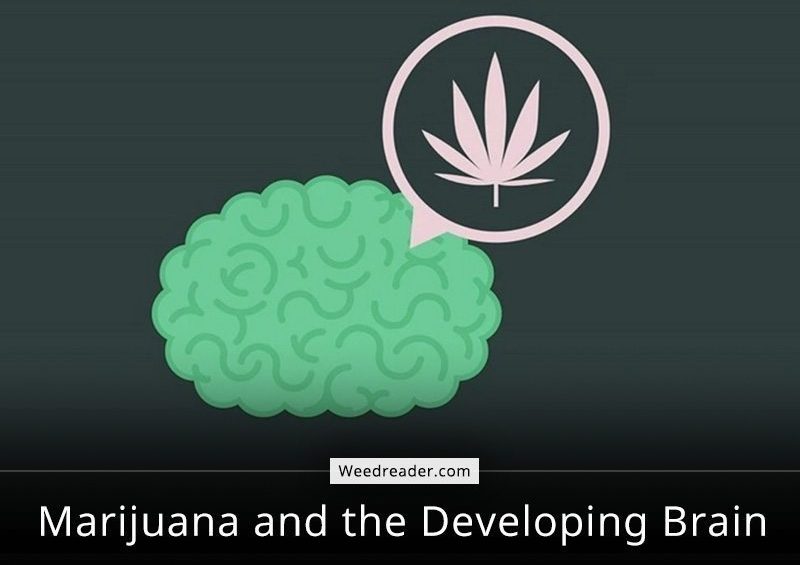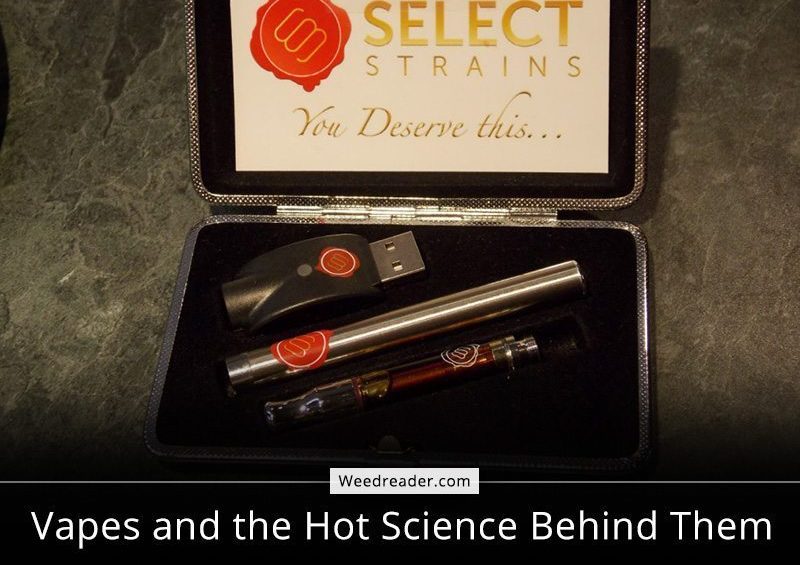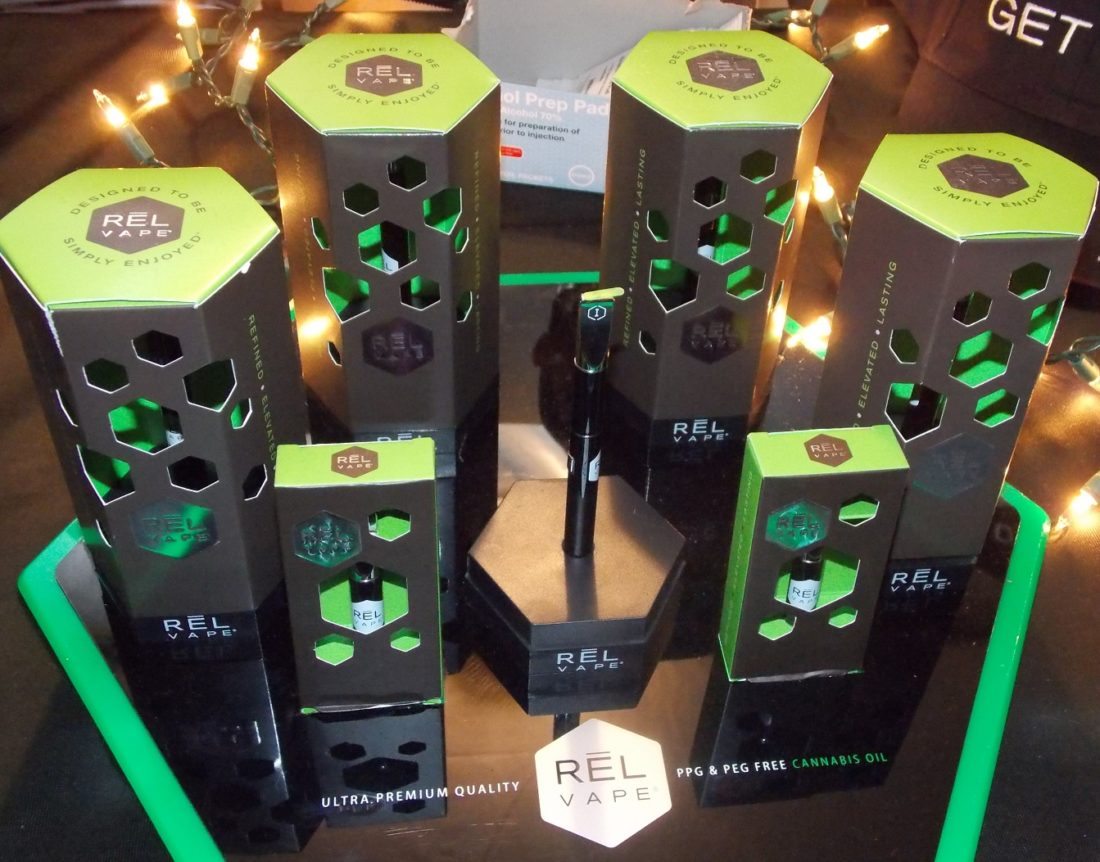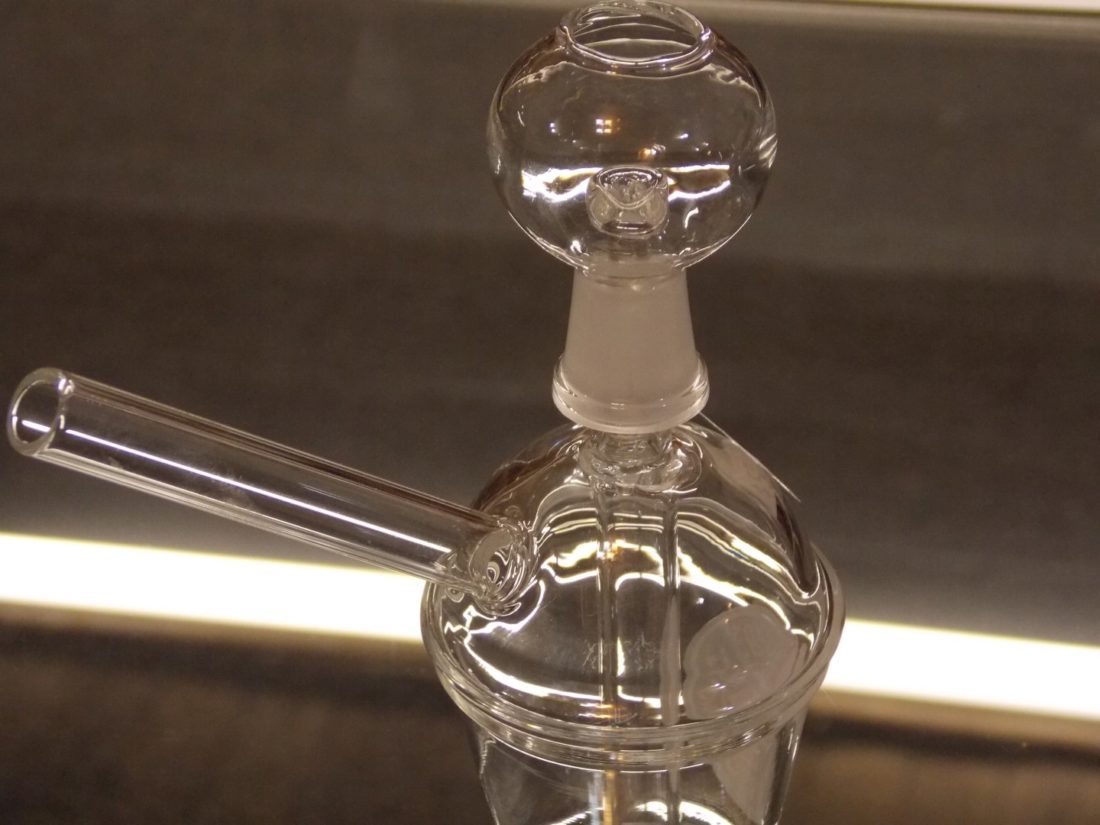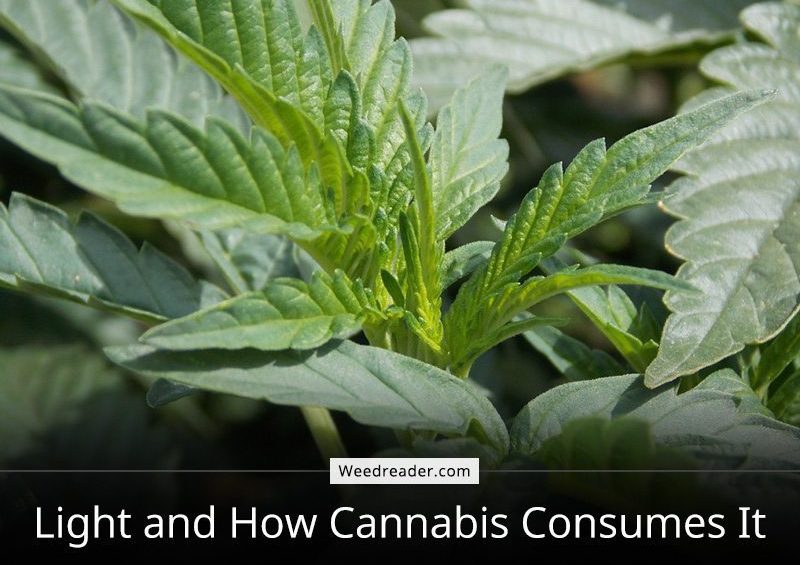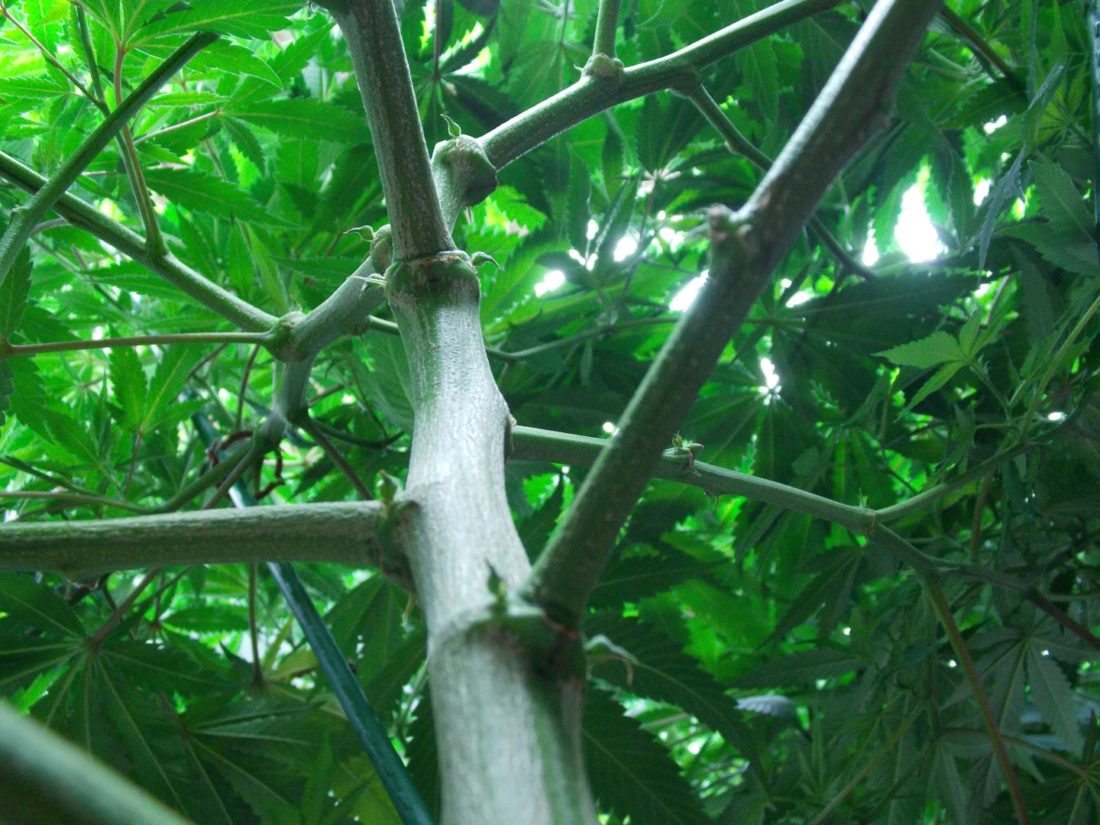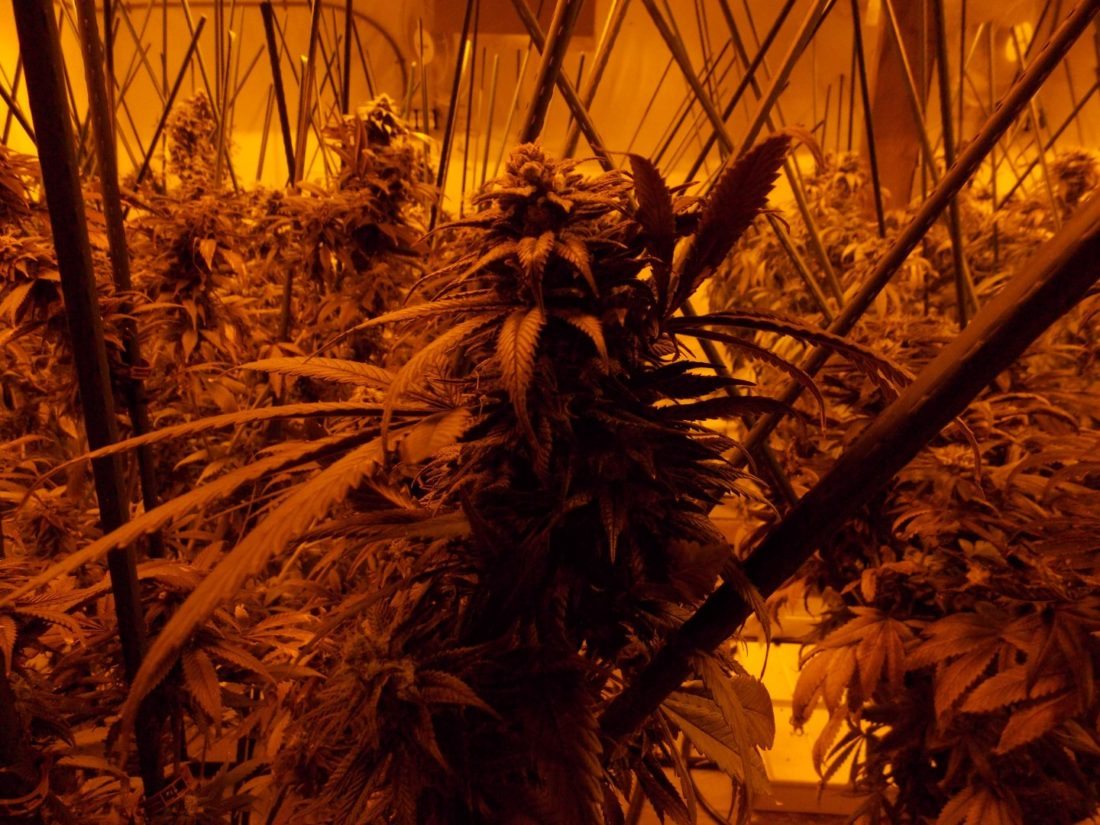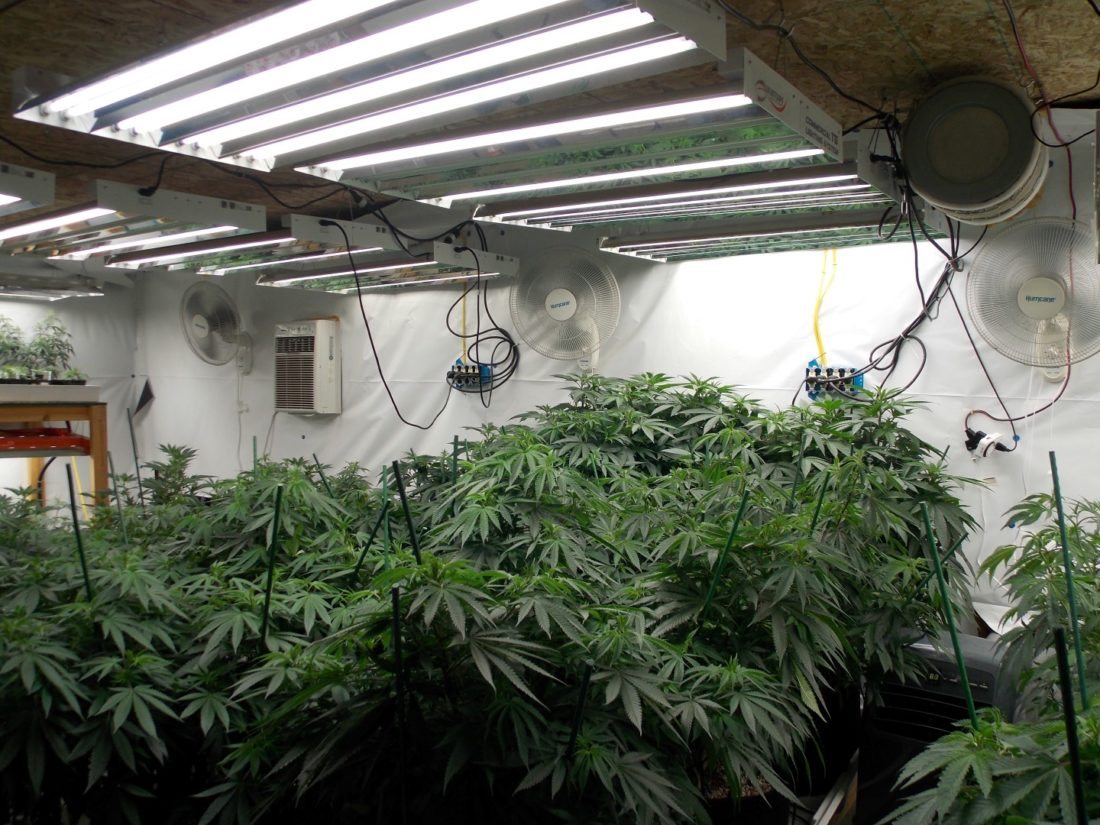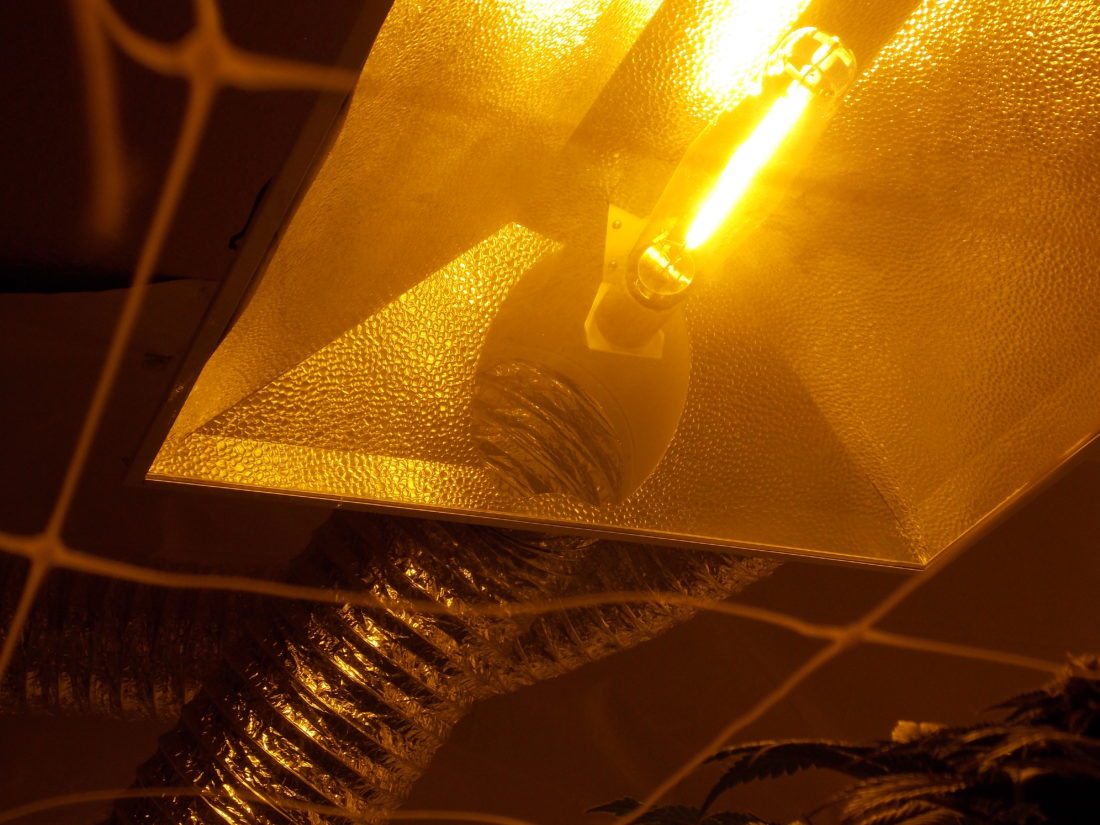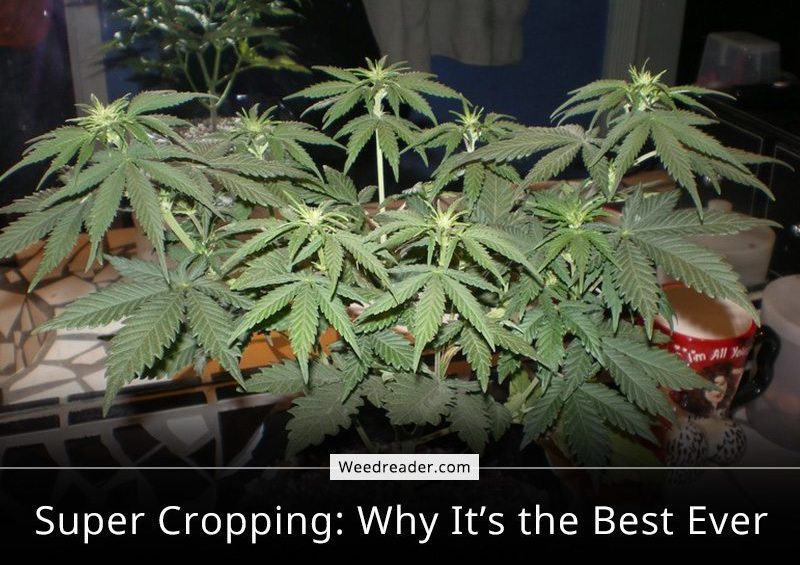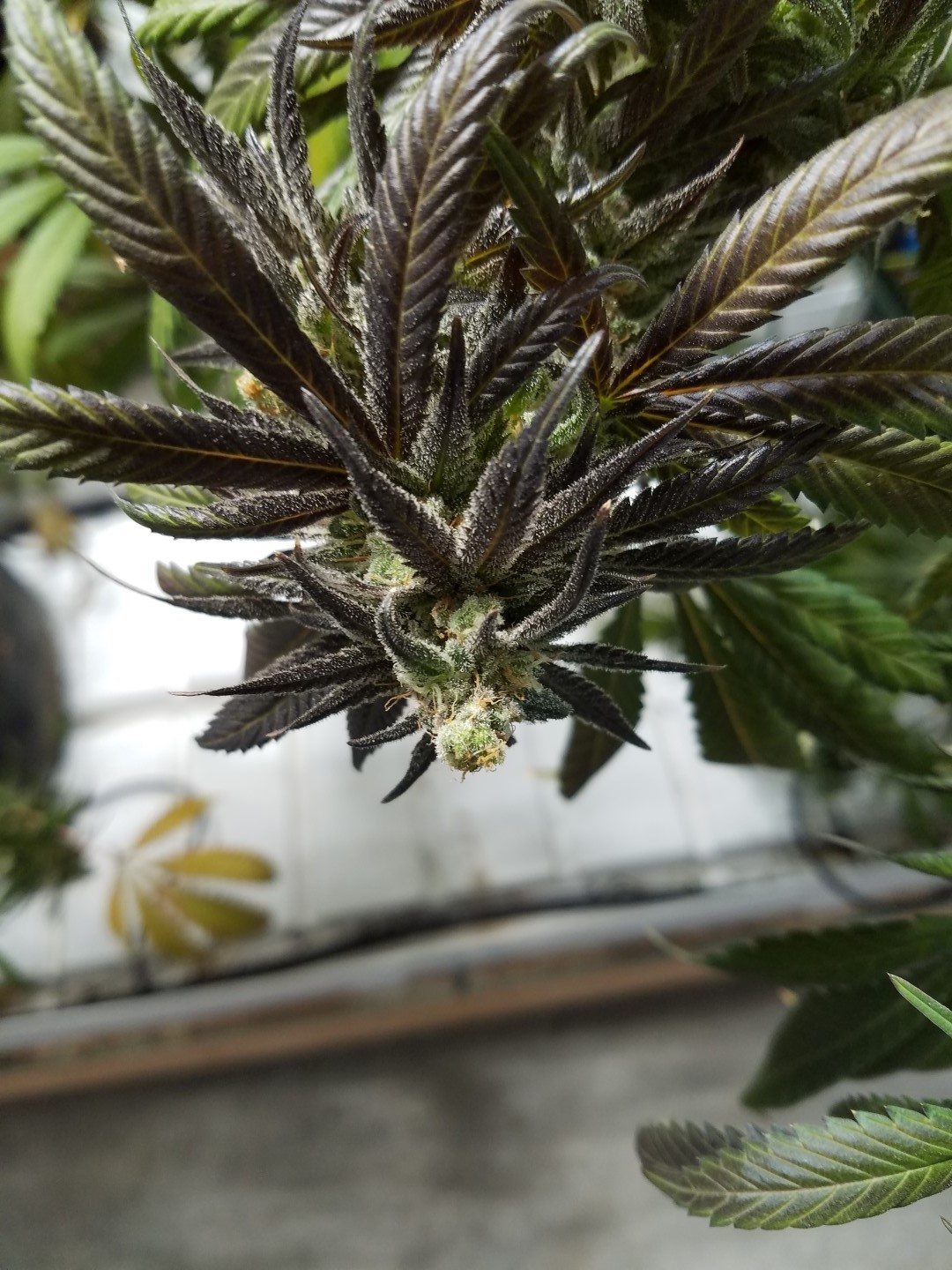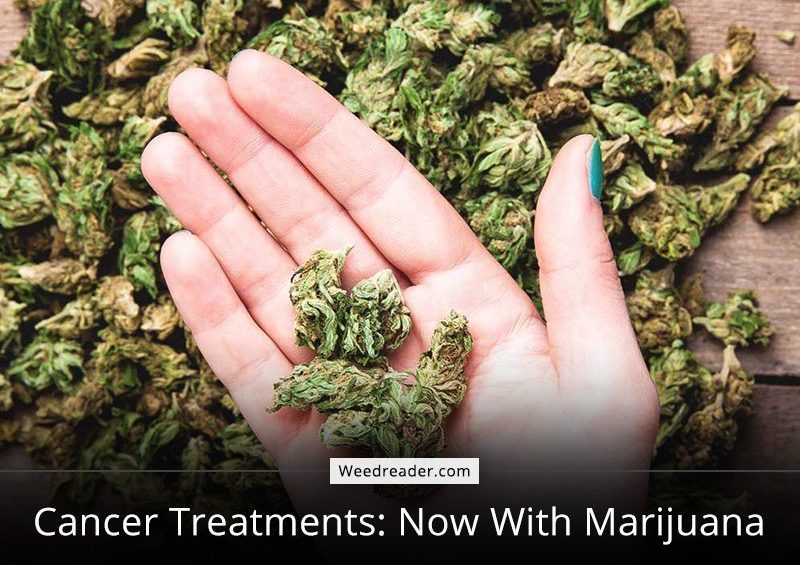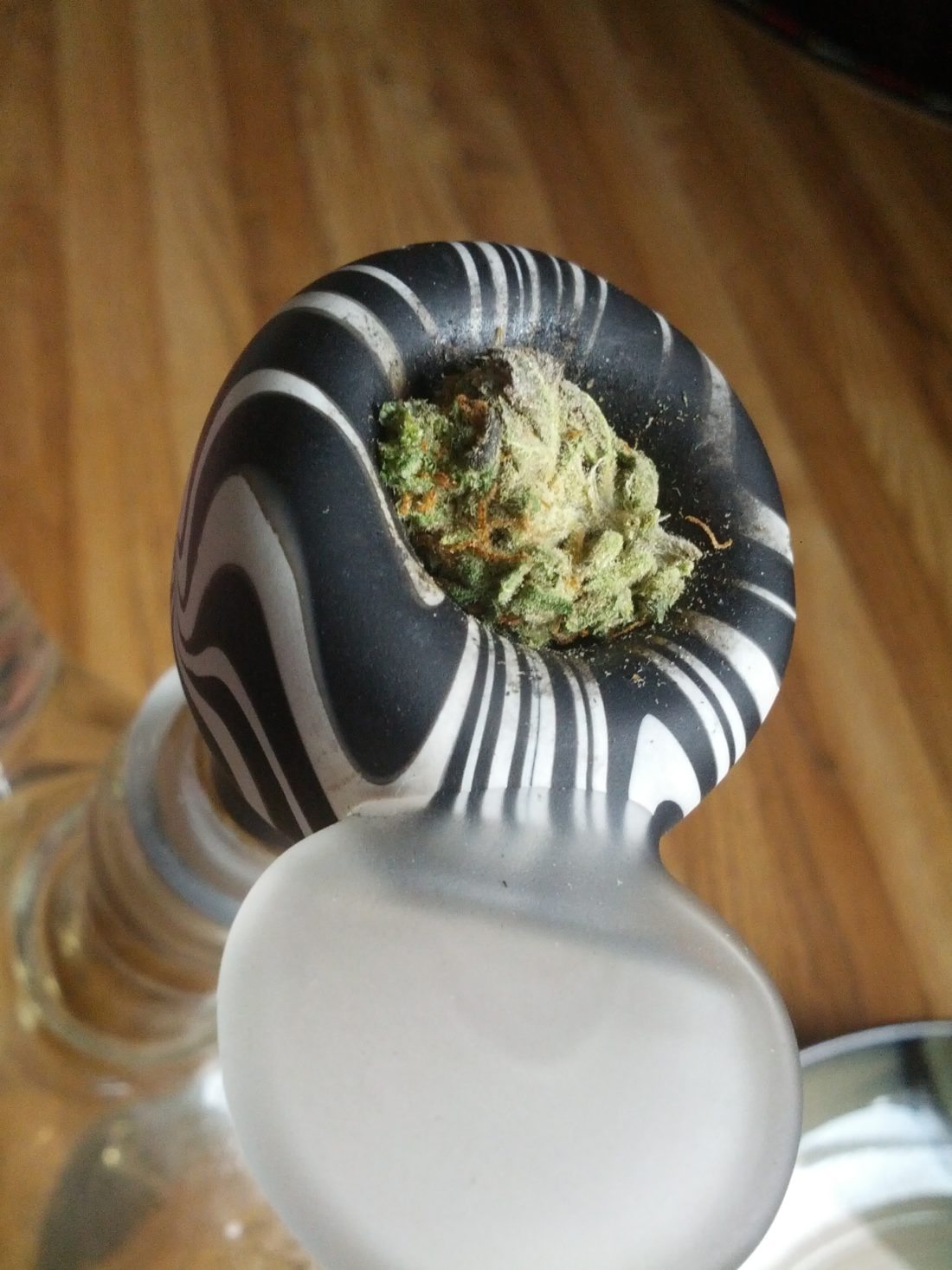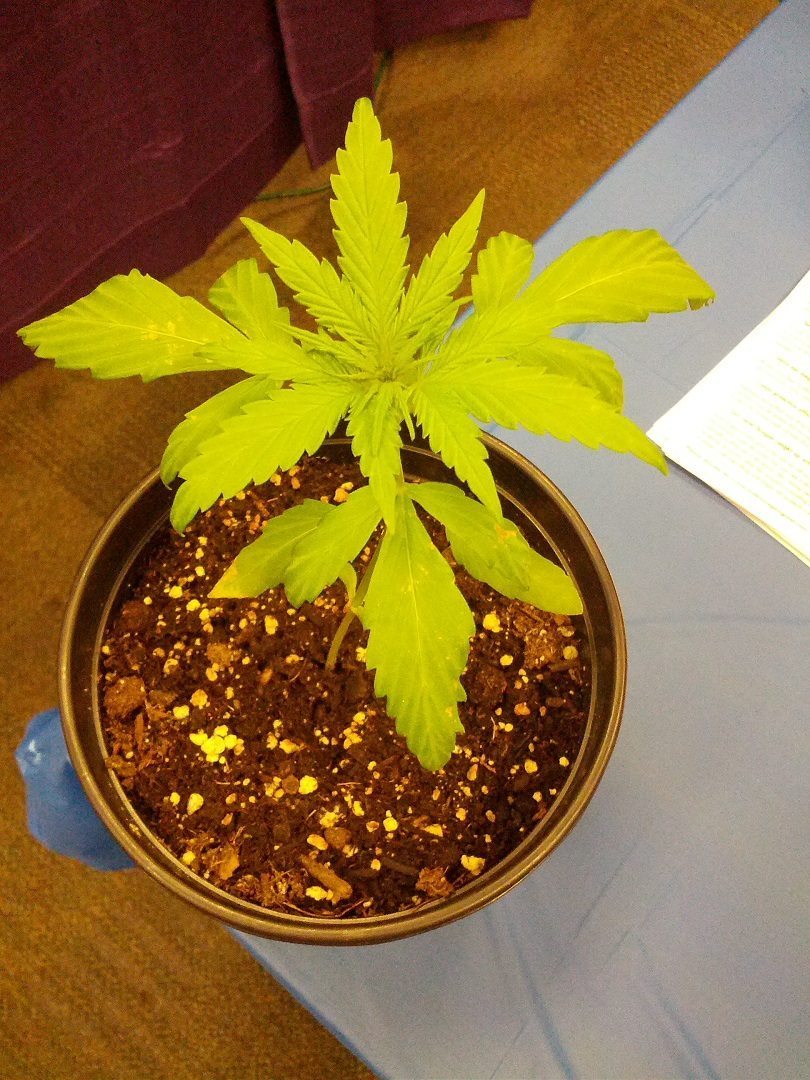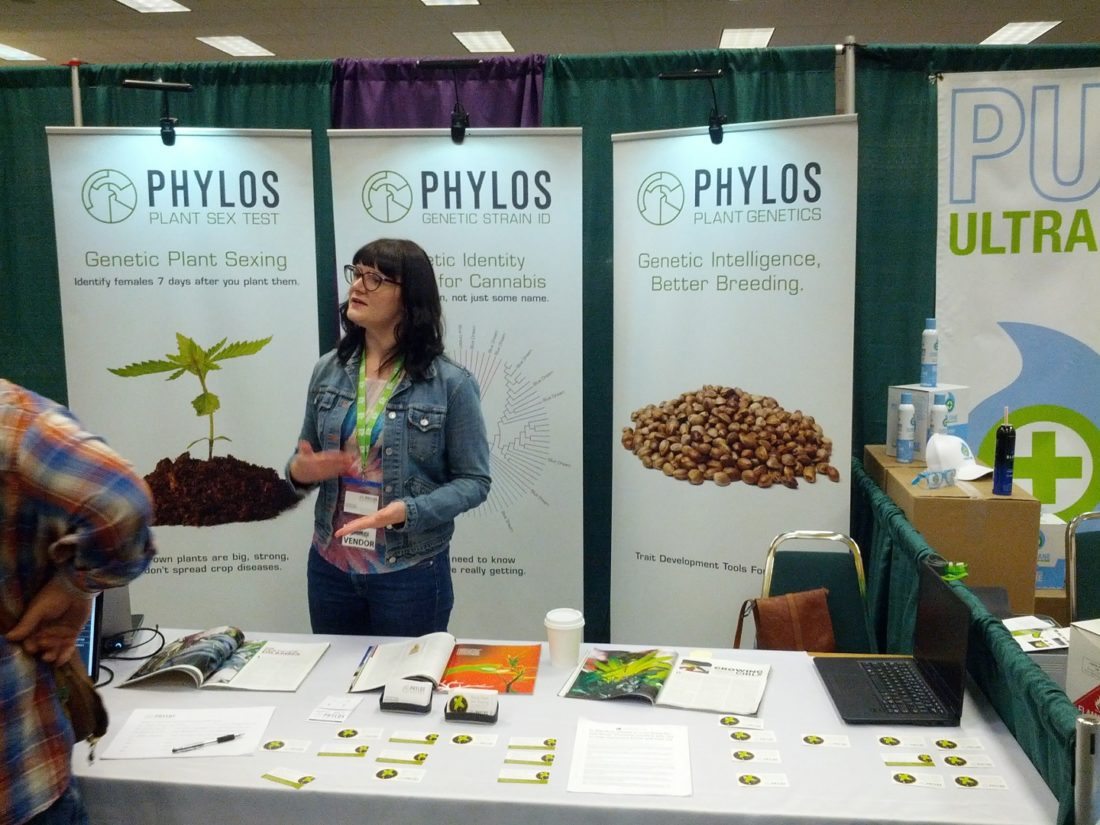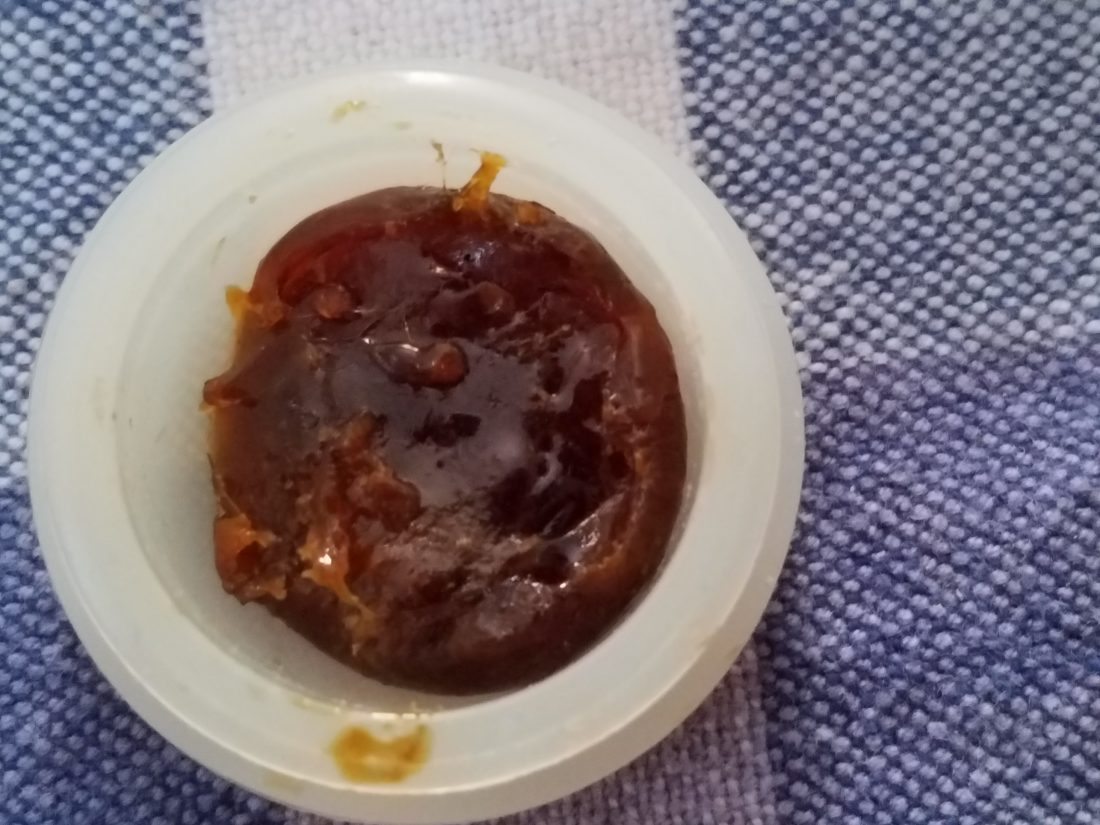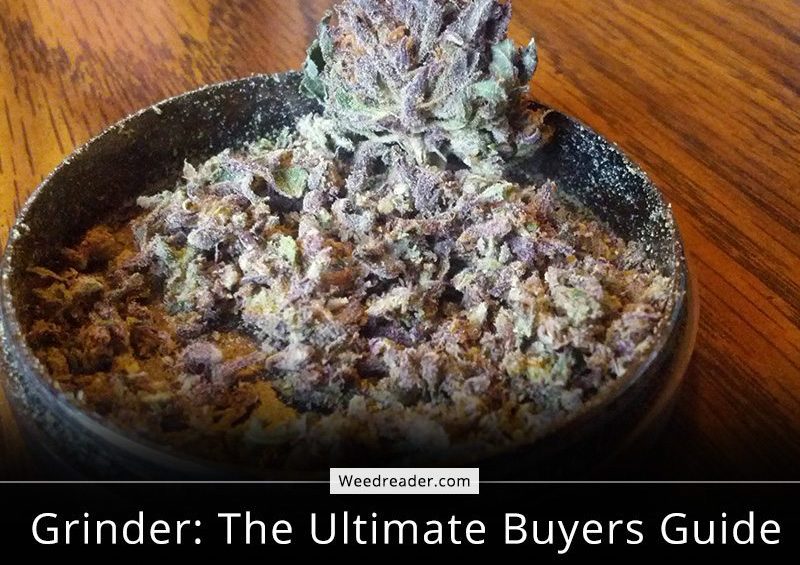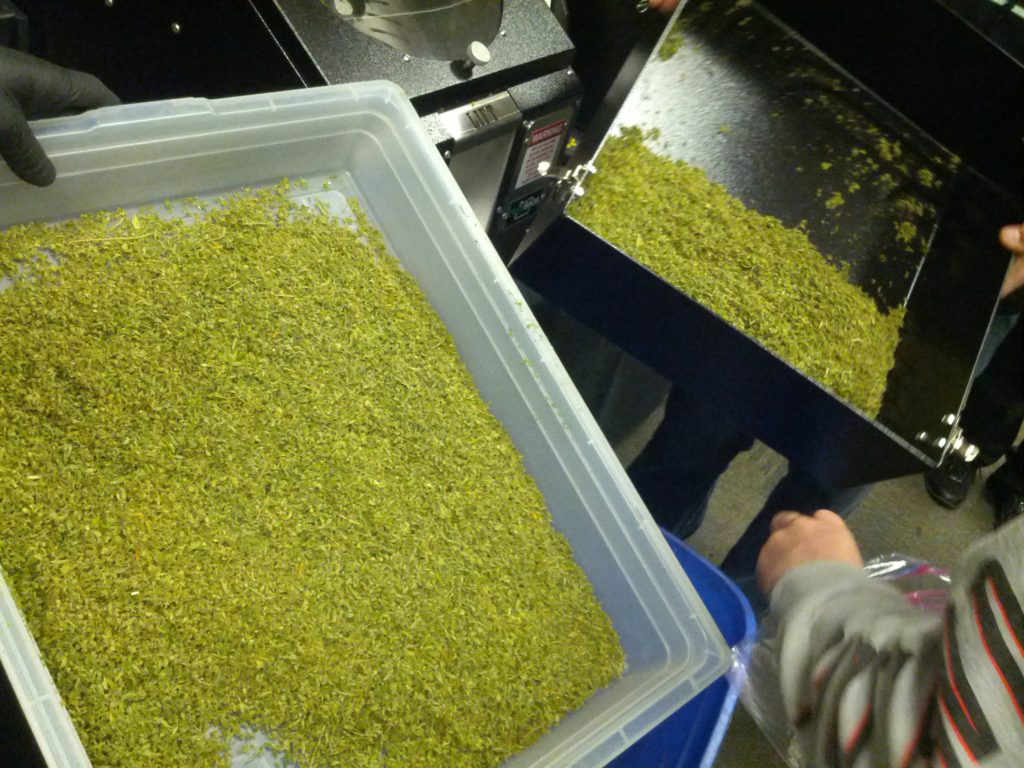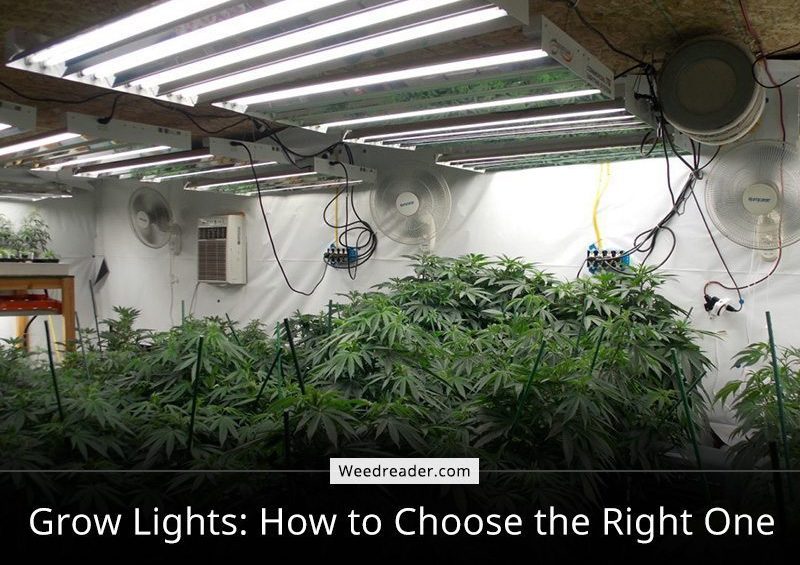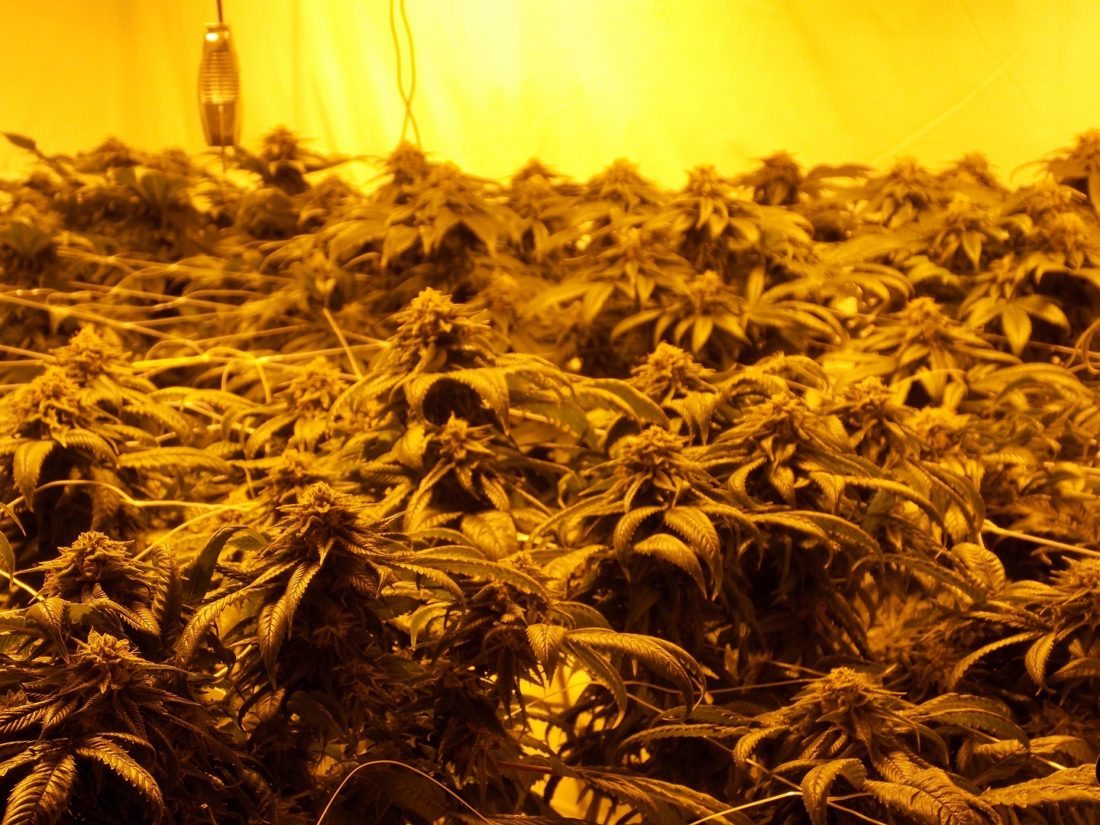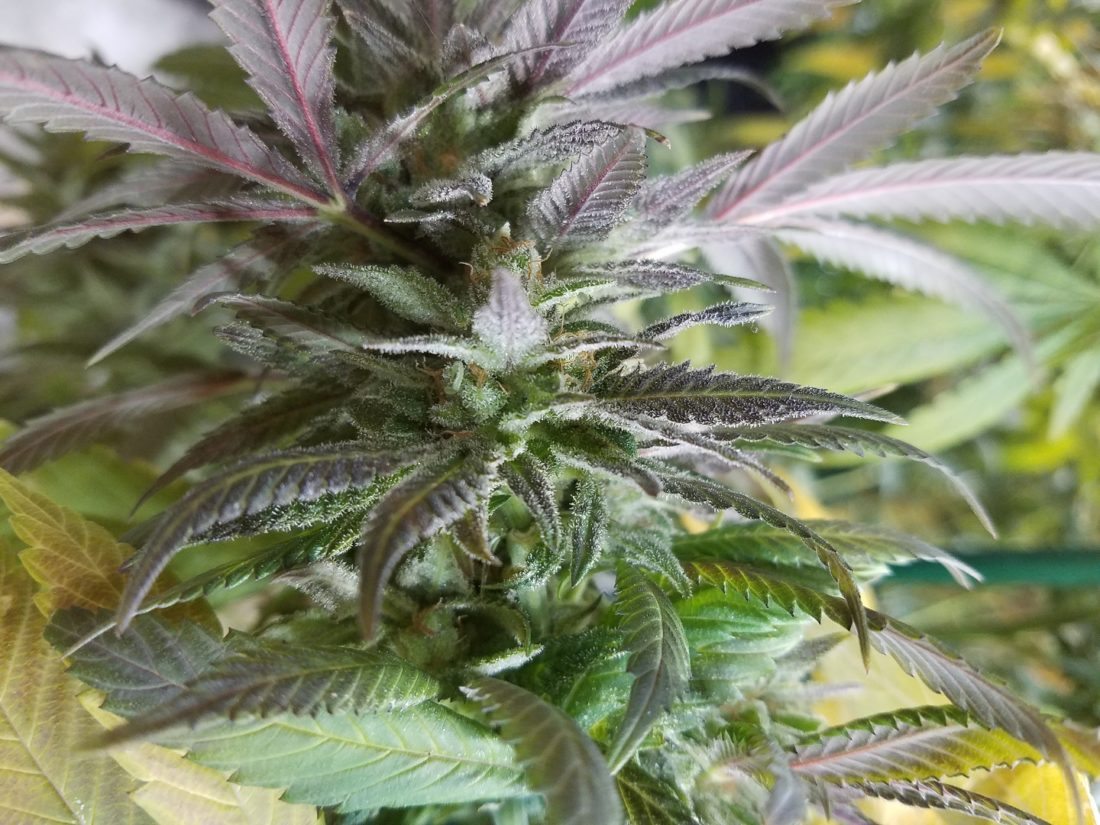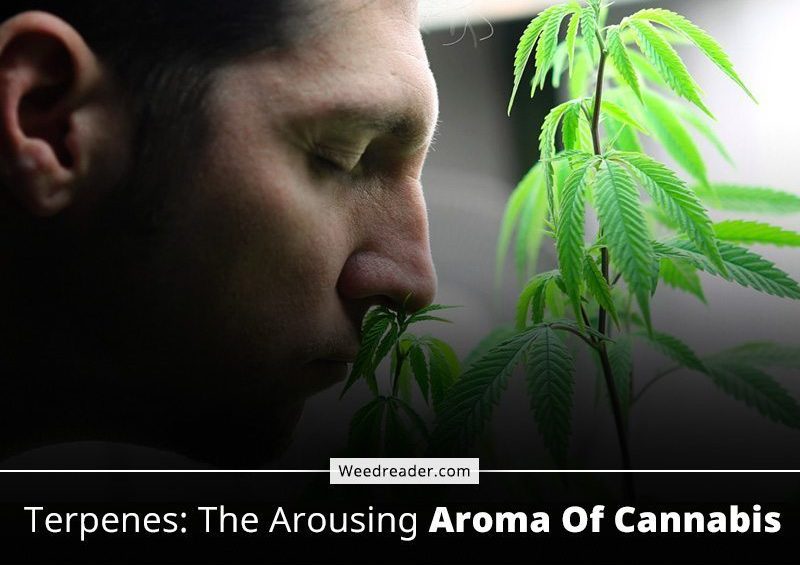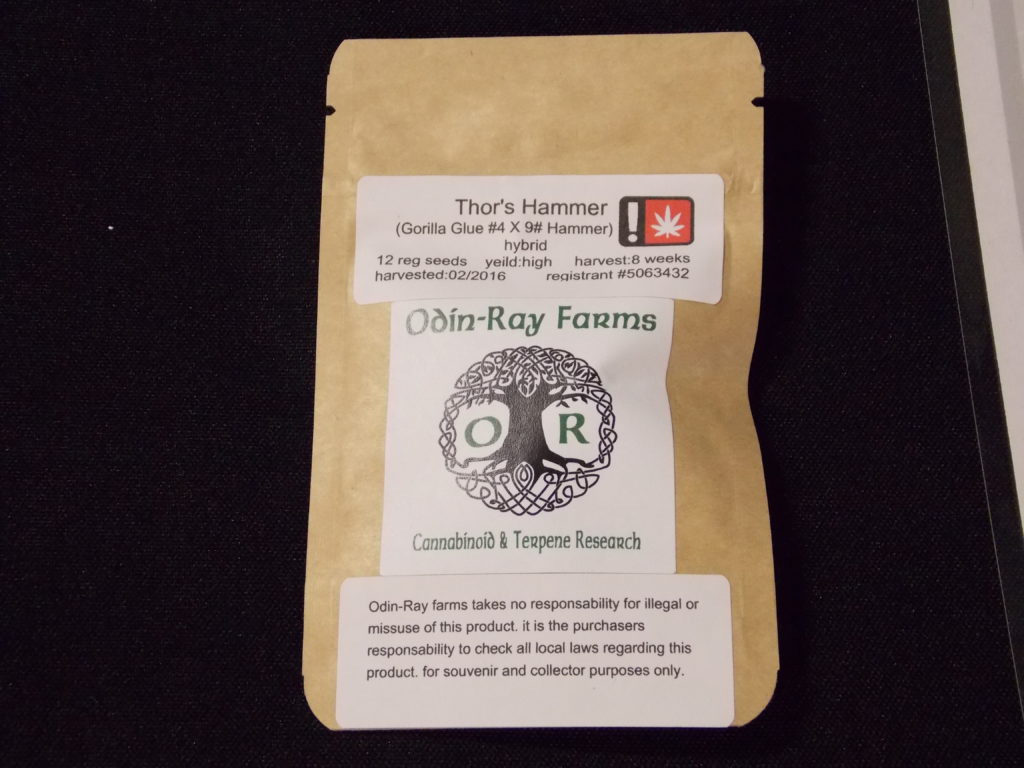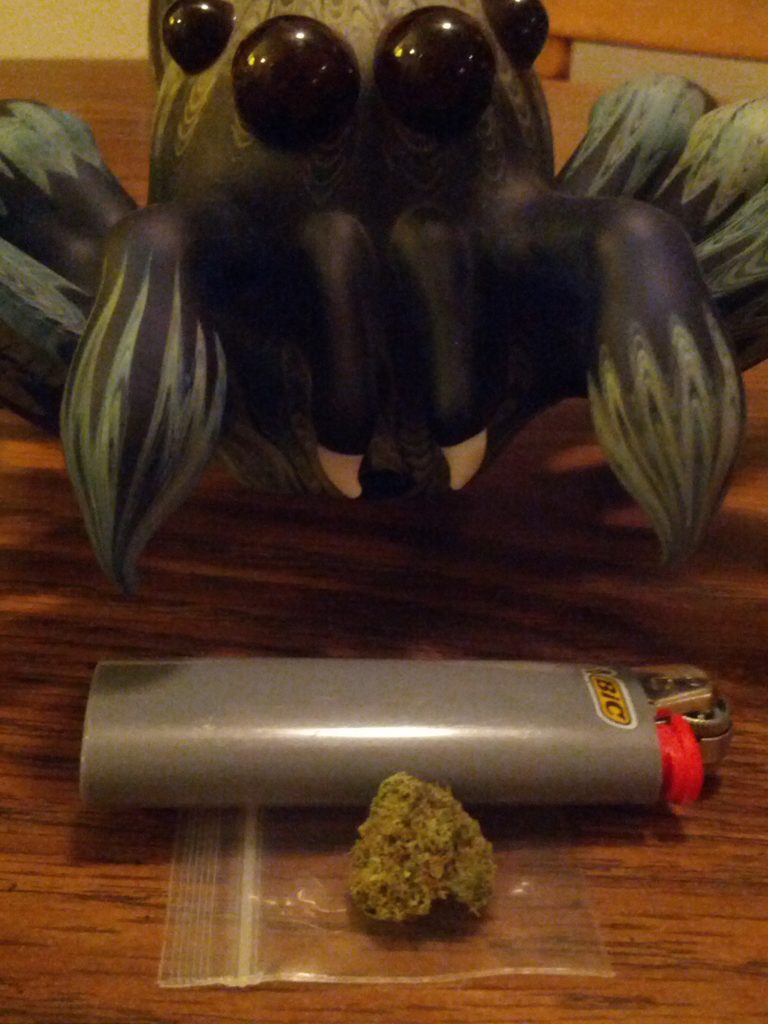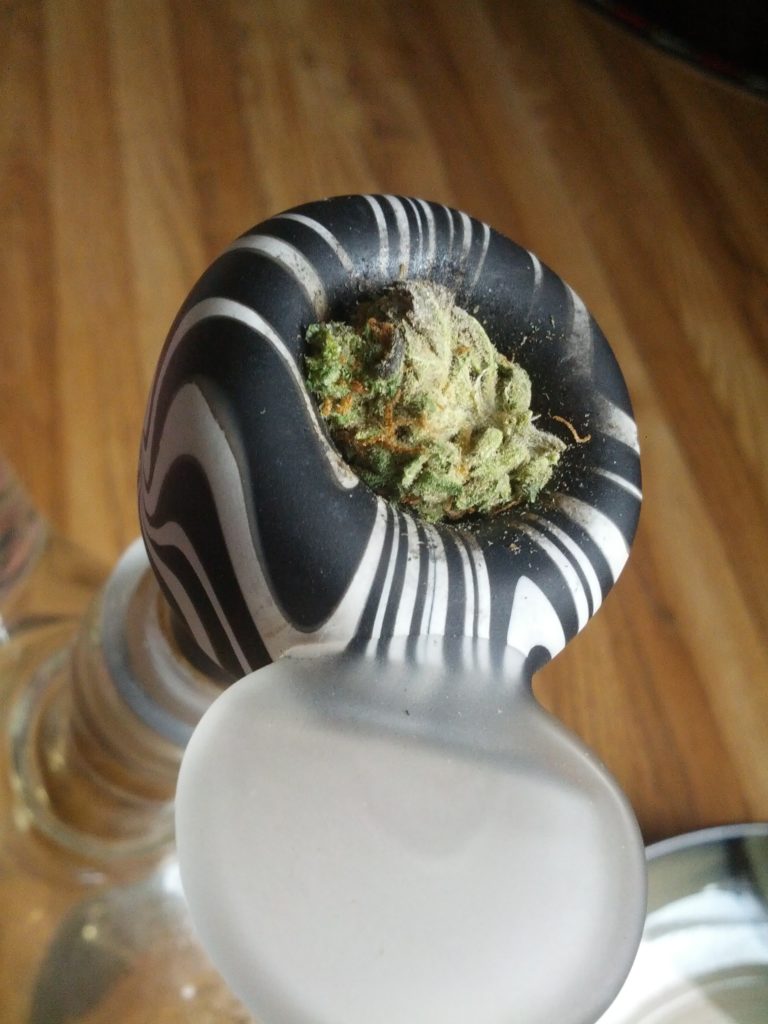People are worried that THC might harm children.
Twenty three states have legalized recreational cannabis. States like Colorado and Washington led the charge in legalizing recreational sales and many states are following suit with California being the most notable new addition. As the sixth largest economy in the world, the economic might of California can move mountains.
In states where recreational sales have been legalized, the demand has been astronomical. Adults from across the globe are traveling or moving to these states because of legalization. These are hard working, intelligent and motivated people mostly. Many work full time, pay their taxes and take their kids to school. And they worry about how it could affect a child’s developing brain.
Children need to be protected from weed.
Regulated markets reduce unauthorized access and danger to the general population. That’s why we use them for our most important industries like health care, nuclear energy and banking. Every legalizing state has implemented strict laws to create regulated markets that prevent sales of cannabis to minors. It may not be enough to satisfy the wailing of concerned and/or uninformed parents but those measures make a difference to many lives.
In addition to preventing sales to minors, states have unanimously added a tax to every recreational transaction that goes directly to school funding and drug treatment programs. There are also strict regulations aimed at child-proofing packaging. Not to mention rules that prevent anything that “targets children” like; bright colors, cartoon mascots, fun names and even some packaging advertising fruit flavoring.
But are children really at risk from cannabis?
We all know that cannabis use doesn’t directly kill but that doesn’t mean it’s safe for everyone. Critics of cannabis claim that we don’t have enough research about the effects of cannabis to make an informed decision. This inevitably leads to claims that legalization needs to be held back until we can “get more research”.
But the truth is that people have been researching cannabis for decades. Not just dudes growing in their basements either. We are talking top tier social scientists funded by corporations like Monsanto, Pfizer and Phillip Morris to name a few. Companies and governments have conducted study after study to try and prove or disprove that cannabis is dangerous, especially to children.
Science says cannabis messes with your head.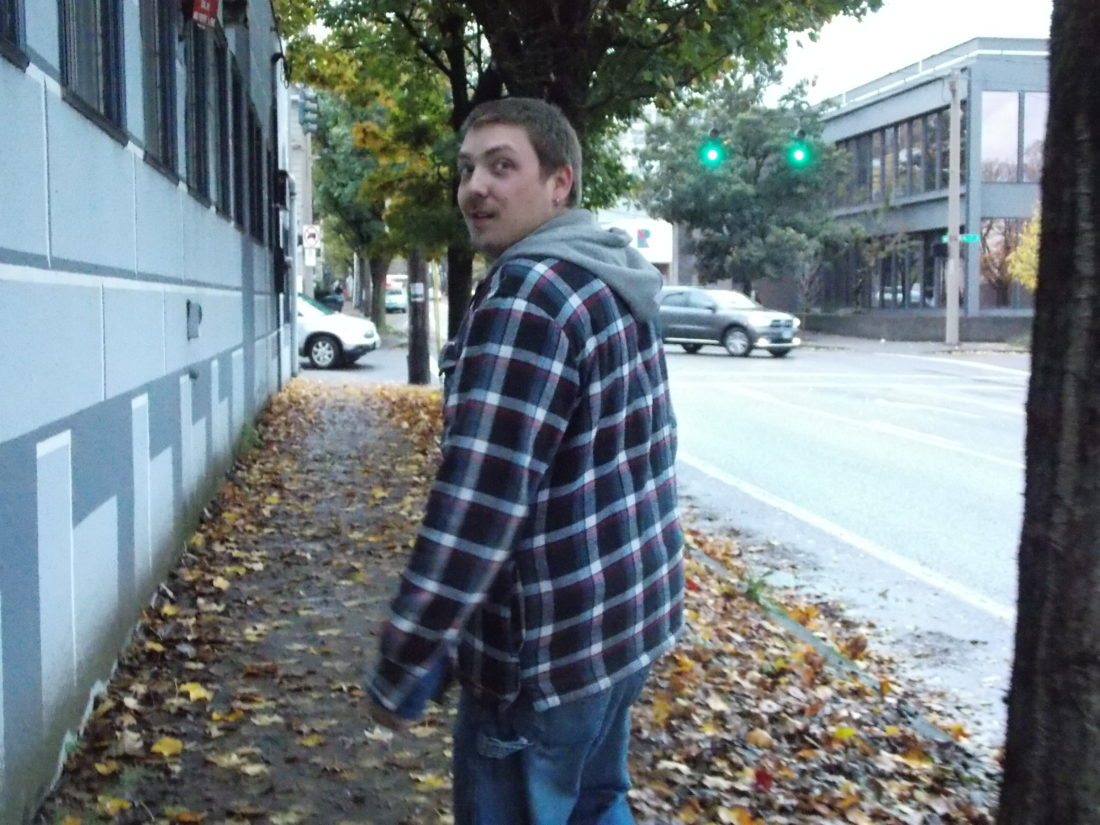
Nobody can deny that smoking cannabis affects cognition. That is one of the main reasons people begin using in the first place. And we all know that smoking more creates a more potent effect. So it stands to reason (and is backed up by research) that those who smoke large amounts of weed for long periods would see a real change in how their developing brain works.
But new advances in neuro-imaging have allowed doctors to see the physical changes that smoking weed causes in the developing brain over time. And those images reveal that some of the reasons cannabis is able to treat autism are the same reasons normal children should not use it.
Smoking weed affects the cerebral cortex the most.
This is the part of the brain needed for higher functions like risk assessment and abstract reasoning and it isn’t done developing until the early twenties. Cannabis basically reduces the rate that neurons can respond and form connections to other neurons in this part of the brain.
The risk of stagnation is even higher in a developing brain that began using THC under 16 years old. During our childhood, our brains develop most of the neural connections we will ever have. Once we reach our early teens, our neurons prune off the unused connections and reinforce the most used pathways. Once we reach adulthood, our brains grow much slower so the effects are less pronounced.
It’s not like growing up can wait either.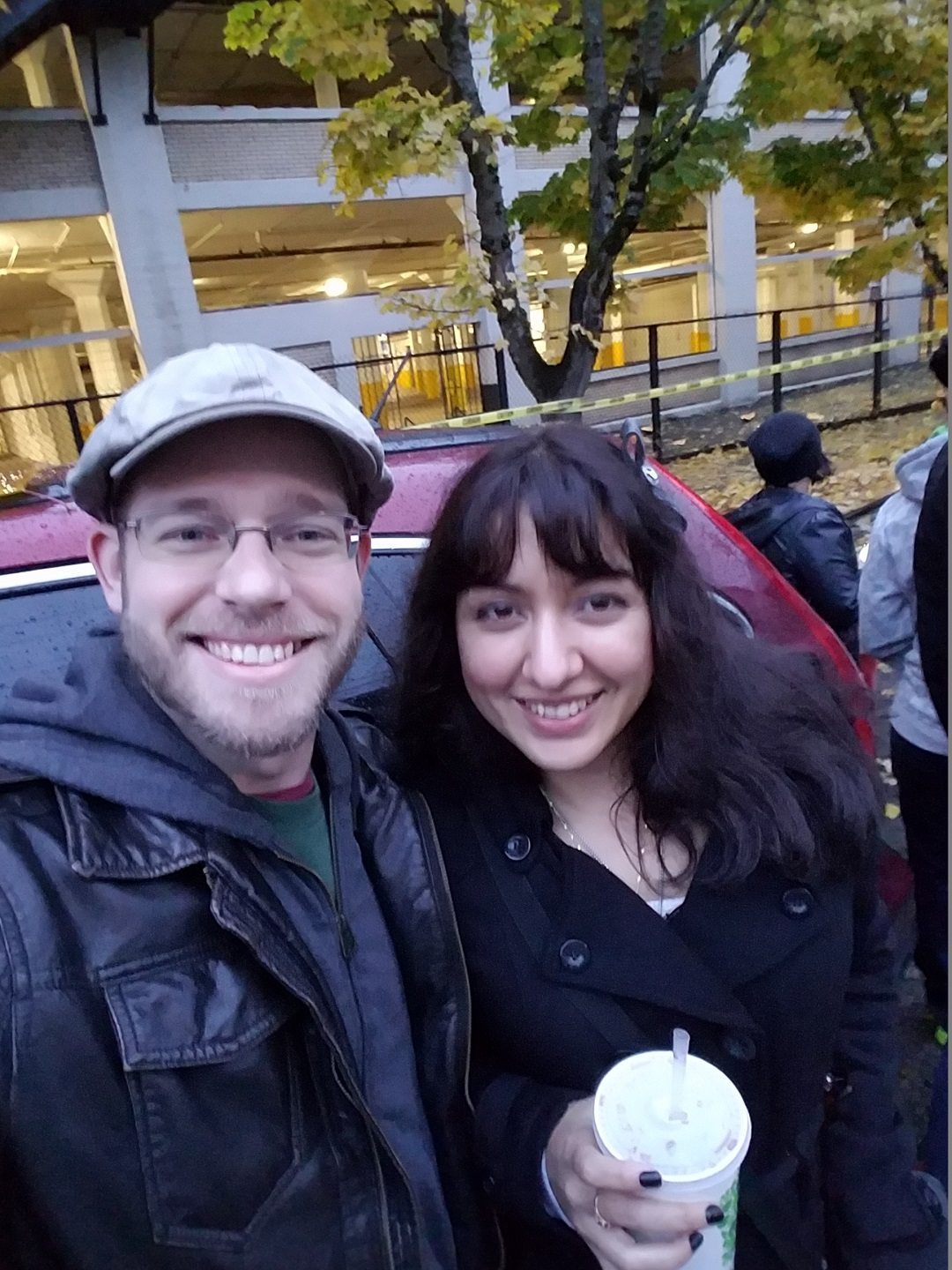
Our bodies are designed to develop over a limited time. Once we hit the right age (about 21 for women and 27 for men), our bodies are done developing new parts and finish cleaning up our neural pathways. Our brains have developed all the tiny folds (known as gyration) that mark a healthy brain.
Once we cross the threshold of adulthood, there is no making up for lost time. But that isn’t to say you can’t counteract some of the negative effects. There are a variety of actions and measures that a developing brain can take to minimize the negative effects of cannabis.
The Developing Brain is all about getting more folds.
Our developing brains are unique in several ways. In addition to having the largest prefrontal cortex (compared to the rest of the brain)in the natural world, we also have one of, if not the crinkliest. The crinkles are actually folds that increase surface area and are directly related to IQ.
High levels of THC consumption has been shown through fMRI to decrease the amount of white and grey matter that the brain develops and increases cortical thickness. This can be helpful if you suffer from schizophrenia or Autism which are caused by hyper gyration.
The evidence is less than concrete though.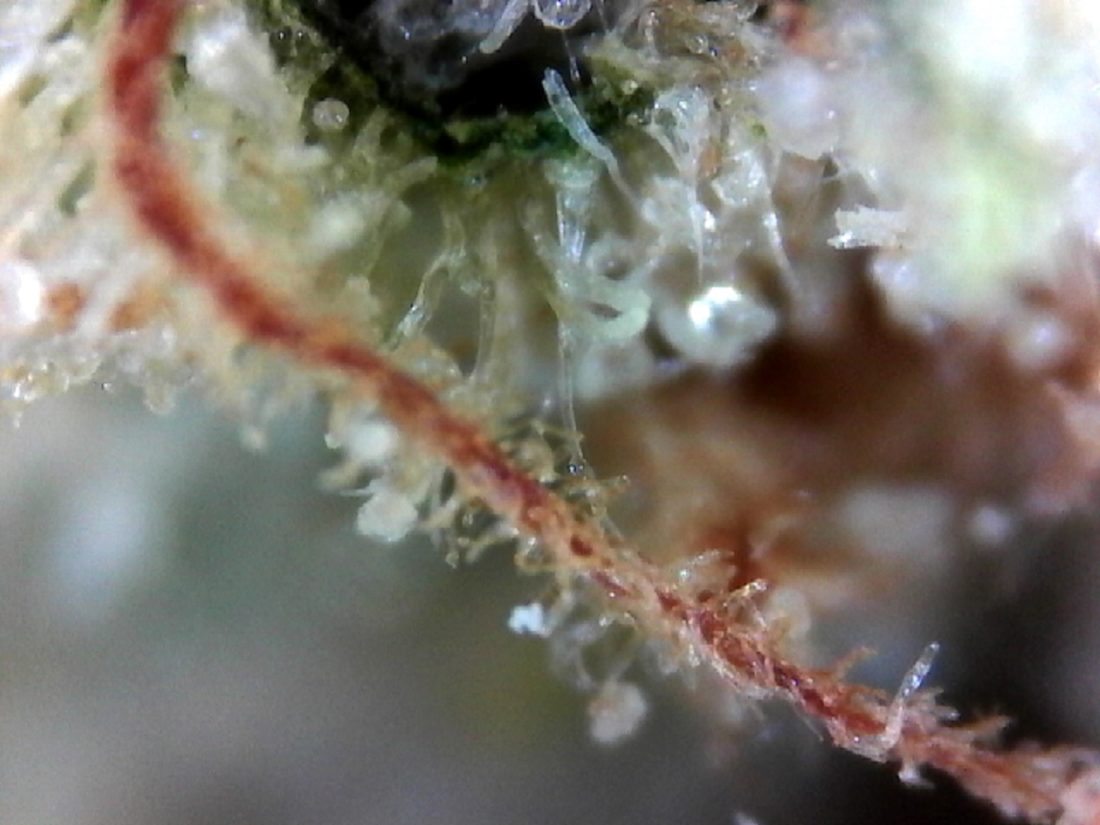
While the evidence is mounting that THC reduces cognitive abilities in normal people, that doesn’t mean it’s harmful. Everyone has some unique stress, trauma or gift that makes their brain unique. In all of the studies conducted so far, any changes that have been documented and attributed to THC have been tenuous.
One study claimed THC use reduces IQ by up to 8 points. But other researchers were unable to replicate the findings. Other studies have made less exaggerated claims. One fMRI study did show a change in the developing brains of adolescents. But the researchers were unable to rule out other causes like alcohol or social pressures.
Meditation may be enough to counteract the negatives of THC.
Our bodies are complex and our brains work like a muscle. Similar fMRI studies have shown that active meditation over years can increase brain gyration. This suggests that the negatives associated with cannabis consumption are less about the actual chemicals and more about how we are using our developing brain.
And I want to reiterate that no study has been able to produce verifiable, repeatable evidence that consuming cannabis Causes irreparable harm. Even the studies that found evidence of negative outcomes showed that the overall change was small. Even looking as hard as possible, there is nothing to show cannabis as dangerous and there is no reason to wait for more evidence to make a decision.

